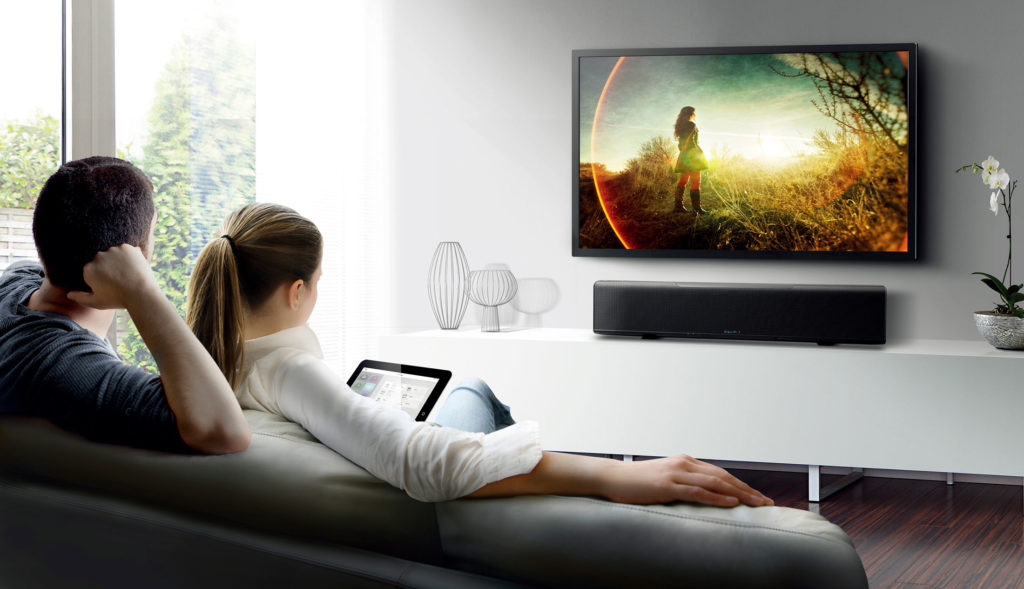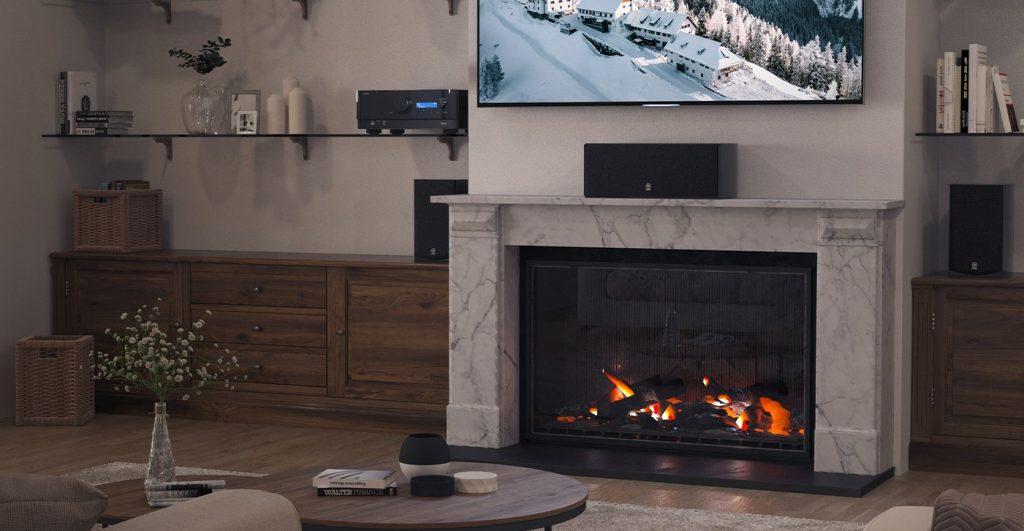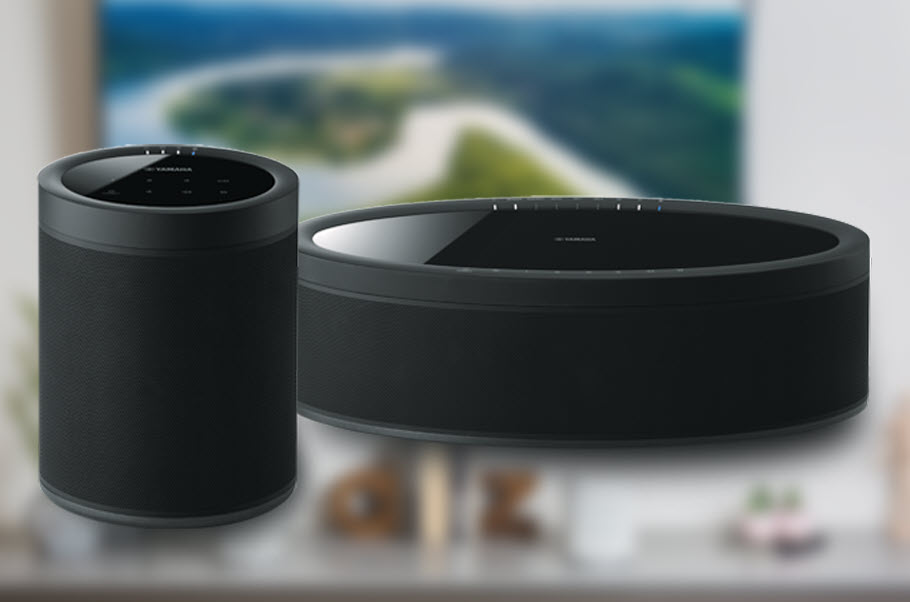Is Bigger Always Better?
When it comes to speakers, size isn’t everything.
When audio enthusiasts praise a set of speakers, they often say that they were “blown away.” The classic mental image this conjures up is of someone standing between two giant speaker columns cranked to the max and being hurled across the room by high-impact sound waves, hair flying in the gale. Of course, no one literally gets blown away by speakers, and most people wouldn’t want to experience such a thing — though there are always exceptions. But the fact that this image comes to mind so automatically suggests that many of us have three built-in assumptions when it comes to speakers:
1) Bigger means louder
2) Louder means better
and therefore 3) Bigger is better
The weakest link in this chain of argument is the second one. If you really believe that louder is always better, well, there are more than a few audiologists who’d be ready to argue otherwise. Assumption number one, however, is impossible to refute. It’s basic physics, after all: The bigger a speaker cone is, the more surface area is available to vibrate, and the more surface area you have, the stronger those vibrations can become.
On the face of it, this means that if you’re in search of higher highs, lower lows, and the capacity to handle top volume with ease, you should buy the biggest speakers you can. So even if you get rid of assumption number two, assumption number three still stands, right?
Not quite. The reason is that real-life situations tend to be complicated, not simple. There are plenty of extra variables to consider: how much space you’ve got, for instance, and what you’re planning to do with the speakers. And thanks to technological advances, today’s speakers can do a lot with a little.
Home Truths
That last point is worth noting even if you’re putting together a good old-fashioned stereo system for home listening — the type of use that traditionally would call for larger speakers. At first glance, the Yamaha NS-F901 Soavo floor-standing speaker clearly fits the bill, measuring 10-5/8″ wide and an imposing 41-3/4″ high. But take a closer look and you’ll notice that its biggest speaker cones are only 6-1/2″ in diameter. What makes the difference here isn’t the size of the cones but the fact that there are four of them — one tweeter, one midrange driver, and two woofers — working together to deliver an impressively detailed response to the highest-resolution audio signals.
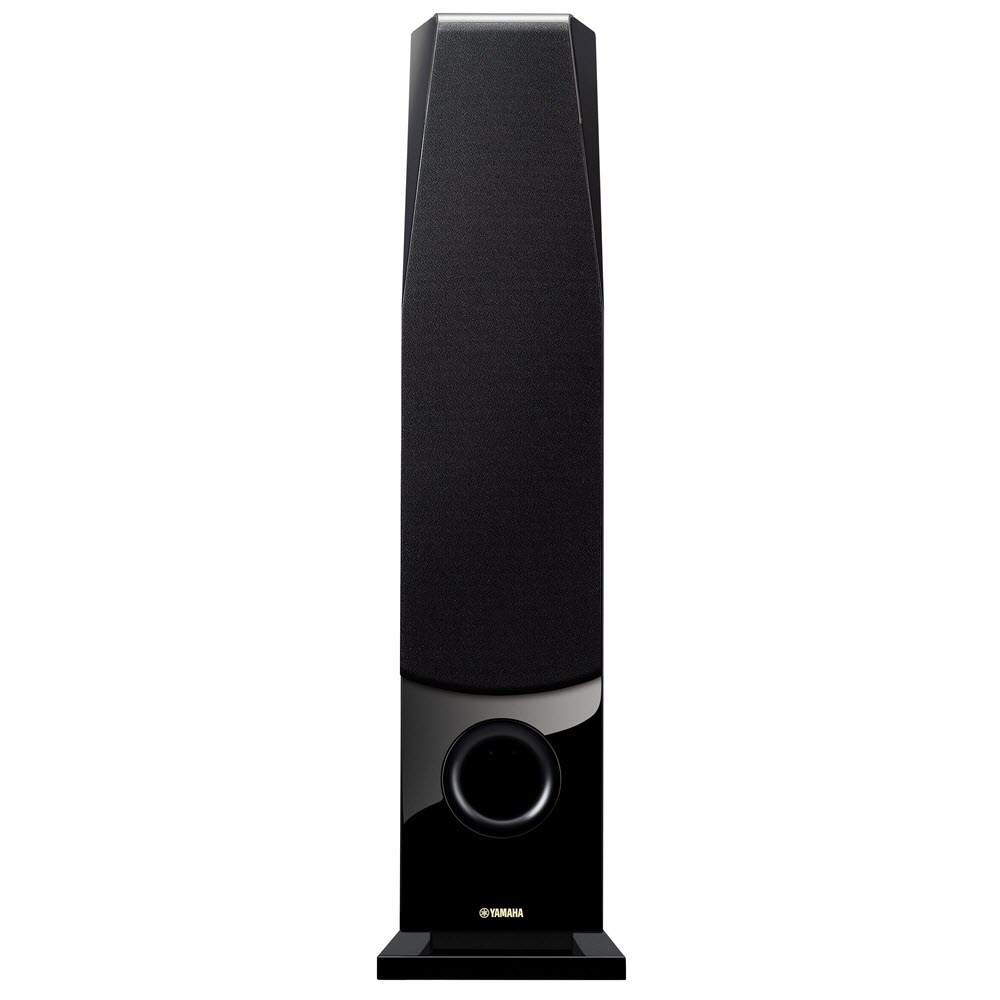
You can also find dual woofers in much smaller, bookshelf-size speakers. The Yamaha NS-B310, for example, fits two 3-1/8″ aluminum cones into a 7-7/8″ package, perfect for people who want premium-quality sound but don’t have a lot of room to spare.
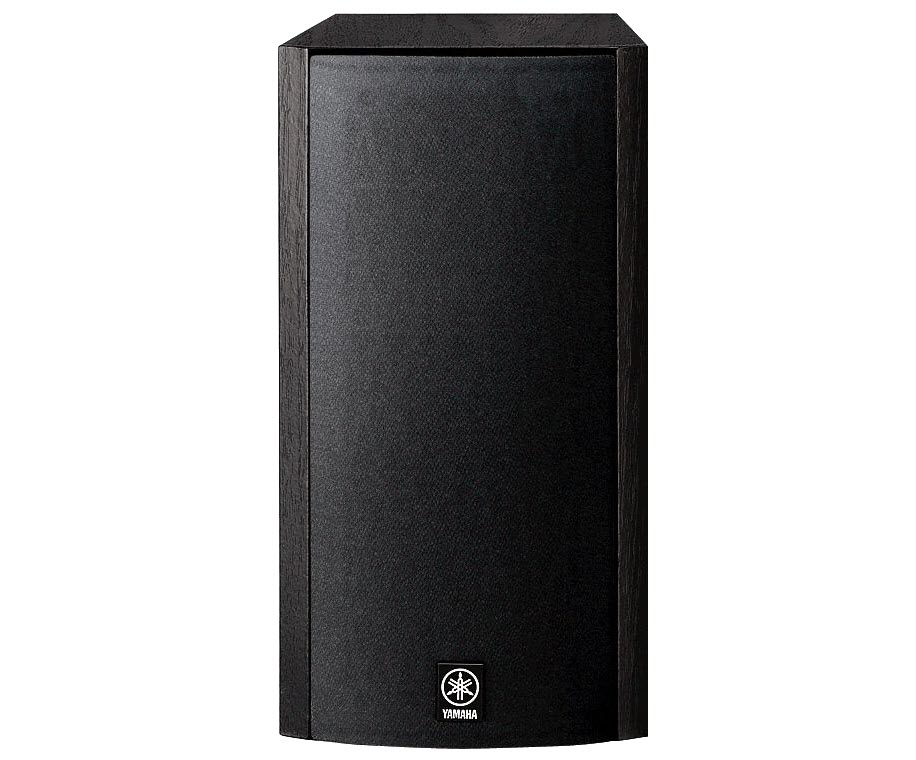
Compact Bliss
So much of today’s speaker use revolves around laptops and mobile devices. If this applies to you, then it follows that you probably prefer a system that’s compact and portable. There once was a time when you’d have to sacrifice some fidelity to make this possible, but speakers like the Yamaha NX-50 prove that’s no longer the case. Although it only weighs in at about two pounds and is just over seven inches high, its range of frequency response is more than respectable (55 Hz to 20 kHz), and its slanted design, coupled with an automatic loudness control, helps push bass signals out into the room.
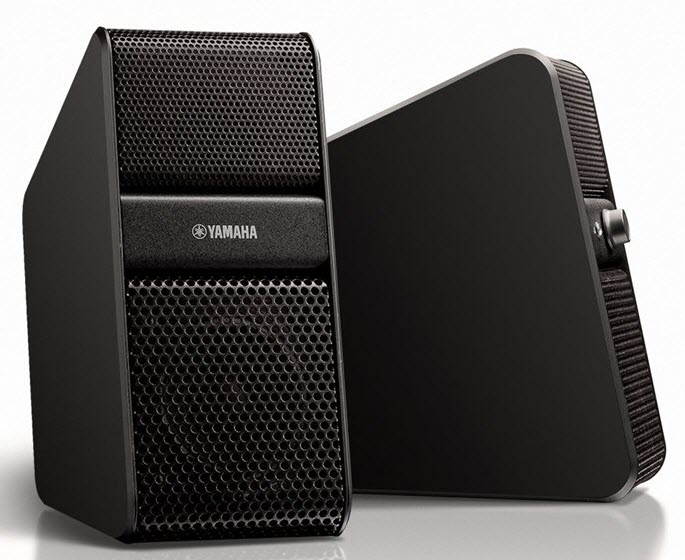
Blending In
The current vogue for wireless speakers puts a further premium on units that are small and visually unobtrusive but sonically superior. The Yamaha WX-010 MusicCast speaker has that equation covered with its compact size (it’s just 6-1/4″ tall) and its ability to handle a variety of high-resolution audio formats, including WAV, FLAC, and AIFF, up to 192 kHz. With support for WiFi, AirPlay®, and Bluetooth®, the WX-010 can be placed more than 30 feet away from its controlling device.
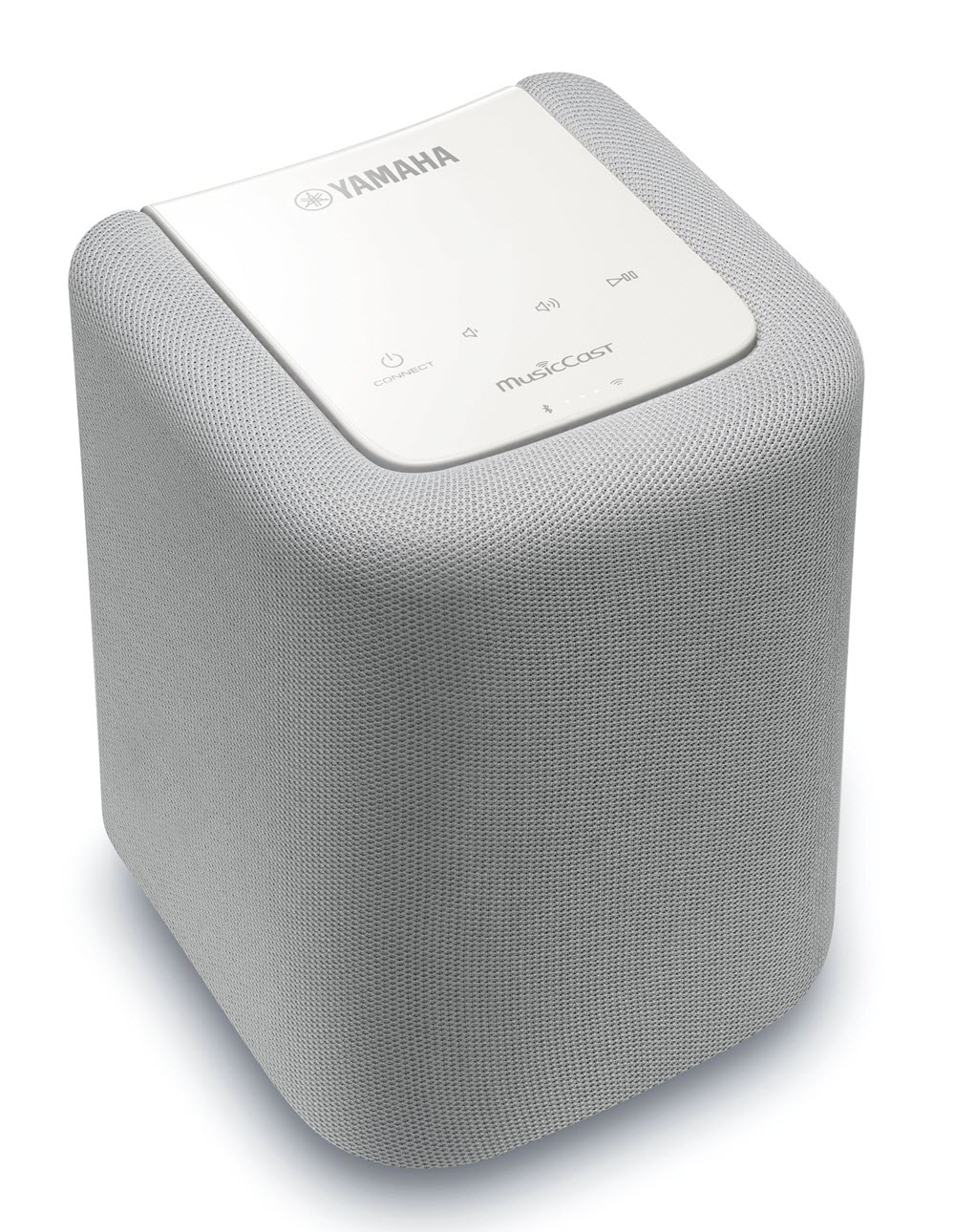
Pro Needs
If you’re a musician and are planning to record and mix your own music, you’ll want to use speakers that offer a flat frequency response — meaning that neither the highs nor the lows are unduly emphasized. The operating principle is that if your tracks sound good through this type of speaker, they’ll sound good on just about any system. It’s largely for this reason that Yamaha’s NS-10 studio monitors, manufactured between 1978 and 2001, were a recording-industry standard reference for decades. And at 15 inches high (or wide, depending on how you placed them), NS-10s weren’t very big, either.
Following in the path of the NS-10 are modern Yamaha HS Series powered nearfield reference monitors. The HS7, for example, stands just over 13 inches high (even smaller than the NS10), yet delivers a big sound with a nearly flat frequency response from 43 Hz – 30 kHz. It also offers a number of bells and whistles important to recordists, including onboard high-performance 95 watt power biamplification, Room Control and High Trim response controls, and XLR and TRS input jacks that can accept balanced or unbalanced signals.
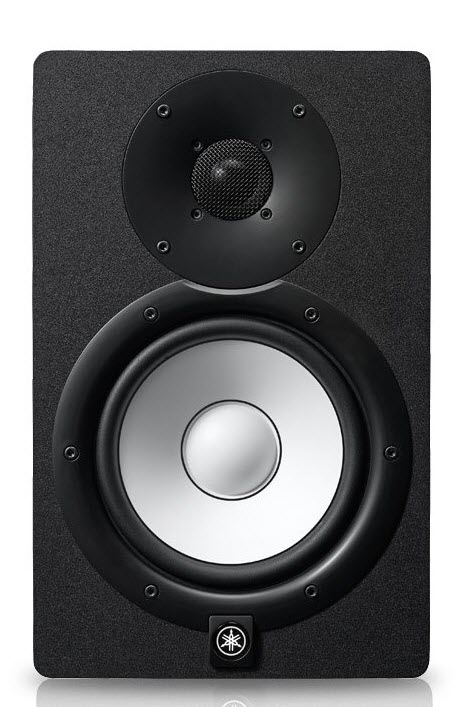
Big Boom, Small Speakers
Home theater enthusiasts who want to feel the rumble of movie sound effects at their deepest will probably want to add a subwoofer to their system. (See our “How to Shop for A Subwoofer” blog posting for some tips on how to choose the best one.) That, in turn, makes it less necessary for the main speakers to be large. In the Yamaha NS-P20 5.1 surround sound speaker system, for instance, a 6-1/2″ sub takes care of the aural basement while the drivers in the other speakers are all less than three inches in diameter, making them small and light enough to be hung easily on a wall.
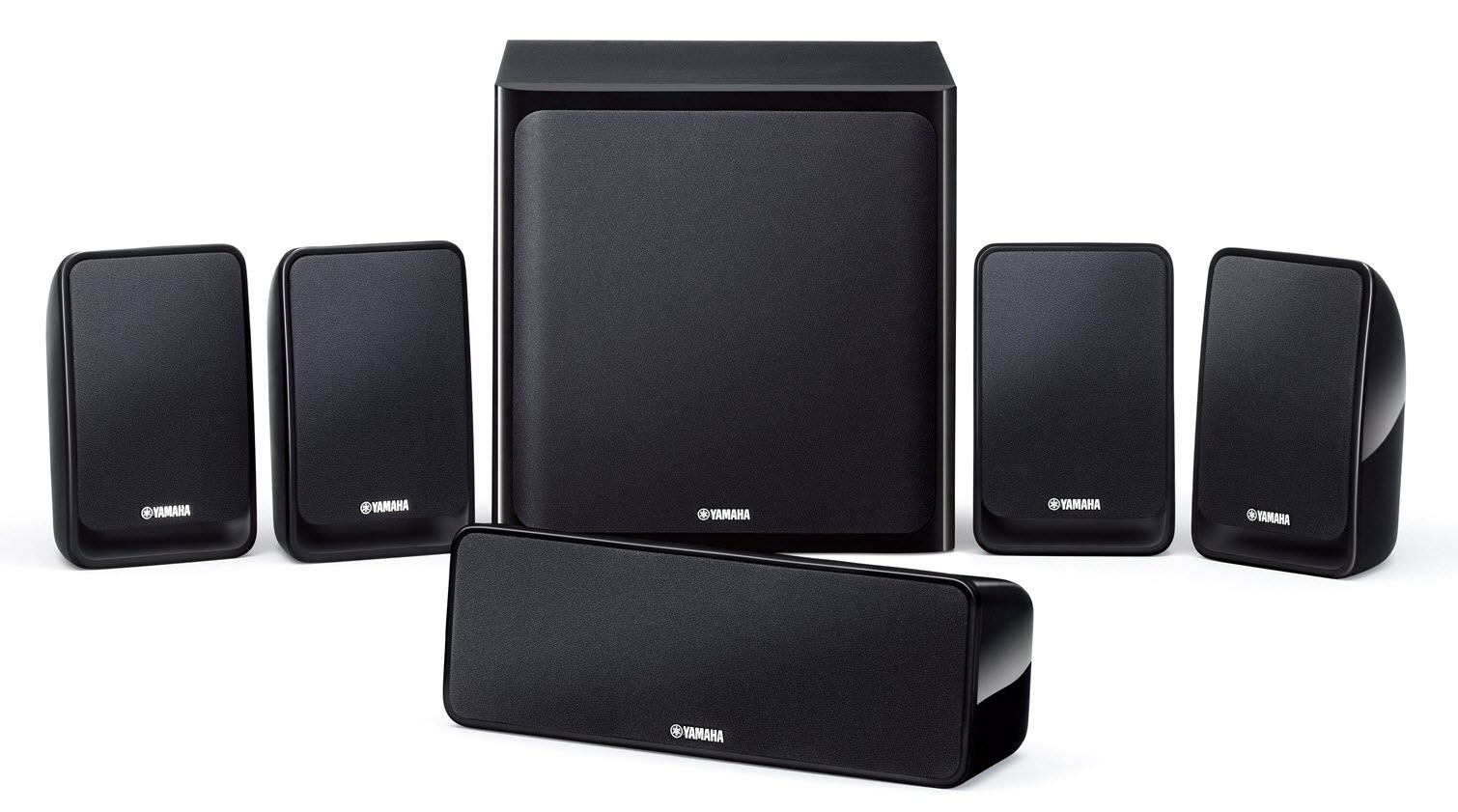
Yes, it’s great to be blown away by a pair of speakers, if only figuratively. But it’s even better when that reaction comes not simply from how big they are but from the quality of sound they produce.
Click here for more information about Yamaha AV speakers.
Click here for more information about Yamaha HS Series speakers.











